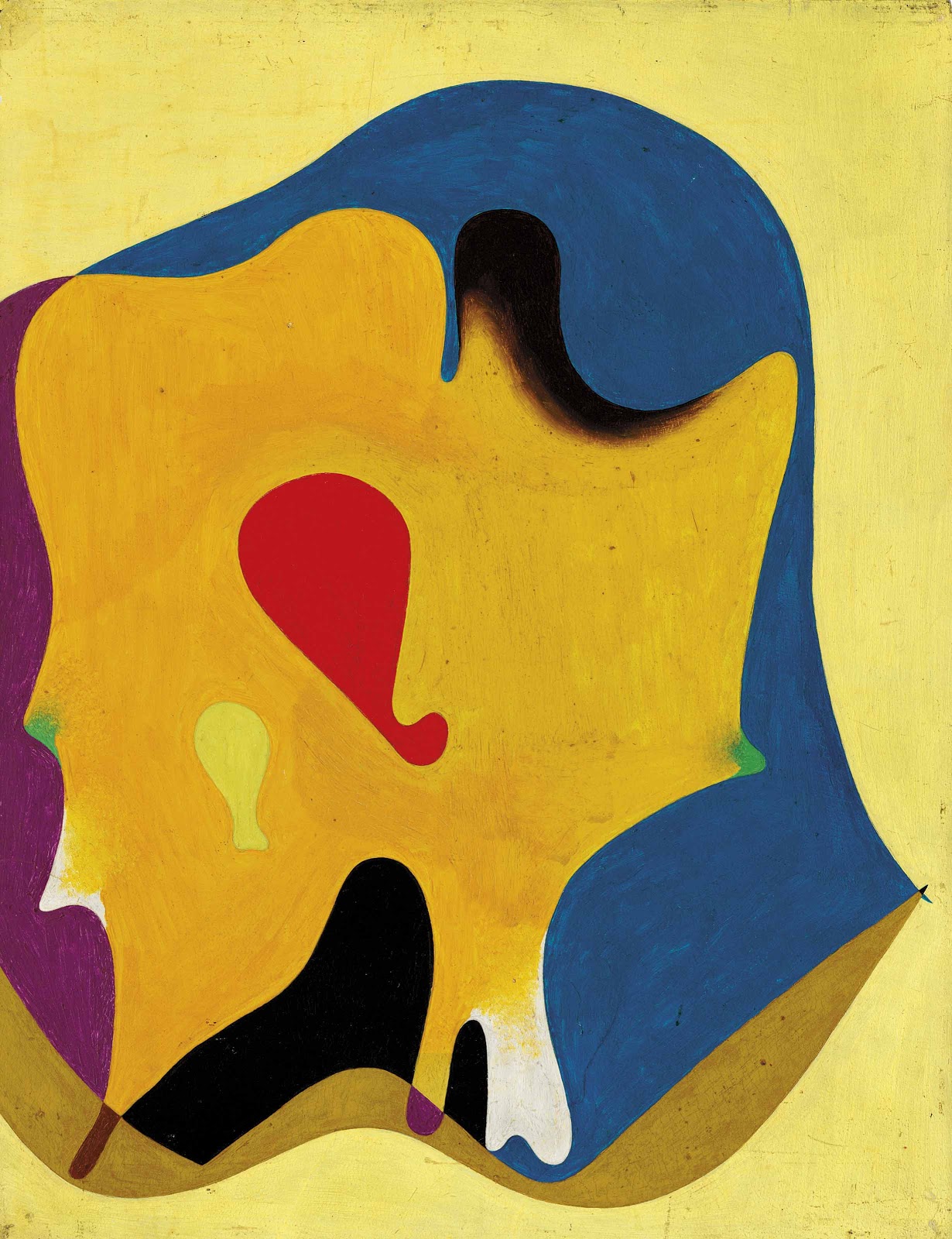

Miró was everywhere."īut, for the most part, Spaniards know only the later Miró. "When I looked around at the Olympics on opening day," says Rosa Maria Malet, the director of the Miró Foundation, "I said to myself, 'This could not have been done without Miró.' The colors. Even the symbol of the 1992 Barcelona Olympics-a leaping stick figure in a flash of blue, yellow and red-is patterned on Miró. Miró's favorite colors of his last decades-black and the primary colors-dominate advertising. Spanish government offices dealing with tourists do the same. In Barcelona, almost every bank uses a logo that either derives from a Miró design or imitates one. Although the Catalan regional government has proclaimed 1993 the Any Miró (Catalan for the "Miró Year"), Spaniards did not need this reminder.

Barcelona, after all, is the capital of Catalonia, and Catalans feel the same identity with Miró that he expressed so often for the region. He is ubiquitous in Barcelona and, in fact, almost so in the rest of Spain. Although the Spanish and American curators insist that they really have fashioned separate exhibitions, the two shows depend on the same cluster of works, mainly from American collections, for their power and enchantment.Īt first glance, it would seem there is little to rediscover about Miró either in Barcelona or in New York. The main vehicle is the sumptuous retrospective that opened on his birthday, April 20, at the Joan Miró Foundation in Barcelona and that, in an expanded and altered form, moved to the Museum of Modern Art in New York last month, where it remains on view until January 11, 1994. Since anniversaries are times of rediscovery, Miró is sure to attract new insight, analysis and admiration this year. "It's an ancestral thing of blood.Where I am rooted the strongest is in Catalonia, and it enters through my feet." He clicked his tongue to underscore the force. He pounded the floor with his foot to illustrate the force. Ruminating about the symbol of the outsize foot, Miró explained that it represented Catalonia and the force emanating from its soil. Now that the world is celebrating the 100th anniversary of the birth of the great painter, who died on Christmas Day in 1983, I remember most what he told us about Catalonia, his native region of Spain. "It has a push." Then he punched his fist through the air to show what kind of push. "America has influenced me greatly because of the vitality that you have," he said.

To emphasize a point, in fact, he often used a click of the tongue or a swing of his fist instead of a word. Though a lover of poetry who often created titles out of fanciful imagery - A Star caresses the breast of a black woman (1938), The Beautiful Bird Revealing the Unknown to a Pair of Lovers (1941) - he was hardly glib. His shoes seemed too large for him, making a visitor recall the enormous feet that are found in some of his paintings. Miró, by then, was a tiny, stooped man with delicate, thinning white hair and the palest of gray eyes. "Inside?" he then asked, chuckling and waving an open hand near his chest. "But there is a Catalan saying that the procession marches inside you. Polite, pleased to meet journalists from the country that first hailed his genius, Miró, during more than two hours of conversation in Spanish, acknowledged that outsiders might be surprised at how ordinary he seemed, how different from the images of his more bohemian, more histrionic, more eccentric compatriots Pablo Picasso and Salvador Dali. The paintings, tapestry and fan on the walls, however, did not blend in. The decor, in fact, included several pieces of the white-painted, clay-molded, folk-crafted whistle figures that tourists always buy in Majorca. A few days short of his 85th birthday, the impish yet seemingly shy painter, wearing a suit and tie, received us in his living room, a typical Spanish bourgeois salon with stuffed furniture, houseplants and shelves of knickknacks. On a sun-seared April afternoon 15 years ago, another foreign correspondent and I called on Joan Miró at his home on a hill just outside Palma on the craggy, medieval island of Majorca. And although the works of the noted Catalan artist appear spontaneous and free, they were really the product of disciplined intensity.


 0 kommentar(er)
0 kommentar(er)
